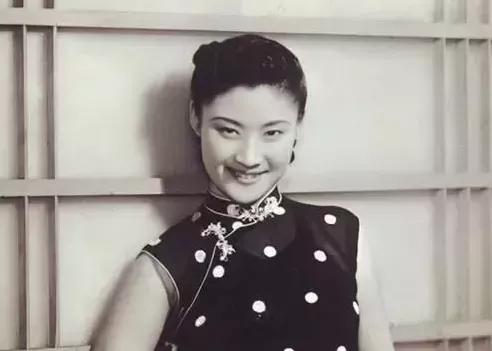
The so-called "pure fire" is also "transformation". In linguistics, the original meaning of the term "transformation" refers to the attainment of artistic accomplishment to the realm of natural subtlety. The so-called art refinement realm, wonderful creation of nature, natural. Scholars of ancient and modern times have made incisive expositions on this "transformation" word. In the Ming Dynasty, Li Yan advocated that the beauty of "poor and extreme work" is not as good as the beauty of "creation without work". The titan of contemporary literature, Ba Jin, believes that "the highest state of writing is the absence of skill." "No skill" is not that there is no skill, but that the skill has reached the realm of "great and great". This is the true realm and the high realm of art. This is also the realm of Master Mei. To reach this realm, it is necessary to go through a long and very arduous "practice", including the overall improvement of the comprehensive quality of actors.
Yan Huizhu divided the formation of Meipai art into three periods: early, middle and late, and pointed out that Mei Lanfang's early artistic creation was also based on inheriting tradition. In this way, he also set three periods for his own Zongmei, namely the inheritance stage, the change stage and the self-style stage. Although these three stages are not isolated, they are interrelated, mutually infiltrative, intertwined, mutually generative and mutually causal, but due to different emphases, the main direction of attack is also different. Before 1943, although Yan Huizhu learned to perform a large number of Meipai famous plays from Xu Lanyuan, Zhu Guifang and other predecessors, because Mei Lanfang had a beard and Mingzhi, she did not have the opportunity to see her husband's style on the stage. From the time she visited the teacher at No. 87 Masan South Road, until Mei Lanfang reappeared on the stage, Yan Huizhu naturally set her learning Mei as a "copy" stage. All art has a process of "enlightenment". Learn to walk first, then learn to run. All art is incomparable. Zheng Banqiao, one of the eight monsters of Yangzhou, has a famous saying: "Work first and write later." This means that to learn to paint, you must first learn to write, and then learn to write freehand. I have never been able to draw a good freehand before I have passed the pen. In the painting world, there are two ways to learn white strokes with brushes: one is to copy a good model work, and the other is to use a brush to white depict physical objects such as mountains, stones, flowers and trees, and strive to paint accurately, beautifully, and with strength, and exercise solid modeling ability. In the same way, there is an old saying in the Peking Opera circle: "Practice is dead, acting is alive." If an actor does not pass the "practice death" level first, it is impossible to "play the character alive" on the stage.
"But first the canal law is strict, and then the super god is completely changed, and there is the ultimate law, and it is impossible." Yan Huizhu's artistic path conforms to this law.
The 1940s was the era when Yan Huizhu became very popular. She became famous for her achievements, turning herself into a blank piece of paper, a sponge, starting from scratch, eager to learn Meipai art. No matter how many people say she "copied" and "died", she did not regret it until her death. This kind of disciplined learning attitude is worthy of our attention and inheritance. The development of art and the inheritance of genres must constantly emerge a group of representative outstanding figures. In addition to the careful teaching of famous teachers and the diligent practice of the growth of outstanding figures, the method of learning is also very important. The reason why Yan Huizhu has made great achievements in inheriting meipai art is first of all that she inherits the teacher's learning attitude and spirit of governance, and correctly handles the dialectical relationship between inheritance and innovation. Yan Huizhu's spirit of learning should not only be inherited by our young and middle-aged actors today, but also by art schools. Art emphasizes norms, and norms produce beauty. And then take the smart move. If we disregard the law of artistic development and pay attention to what "quick success", the result can only be "seedlings to promote growth" and "if you want to be fast, you can't achieve it". Because Yan Huizhu's pursuit of art has come step by step, it is possible to usher in her artistic "golden years" in the 1950s and 1960s, gradually forming her performance style of melting dry and Kun Danxing, and showing a momentum of pure fire. According to the original work Fei Sanjin